Name Fridolin Senger Service/branch German Army | ||
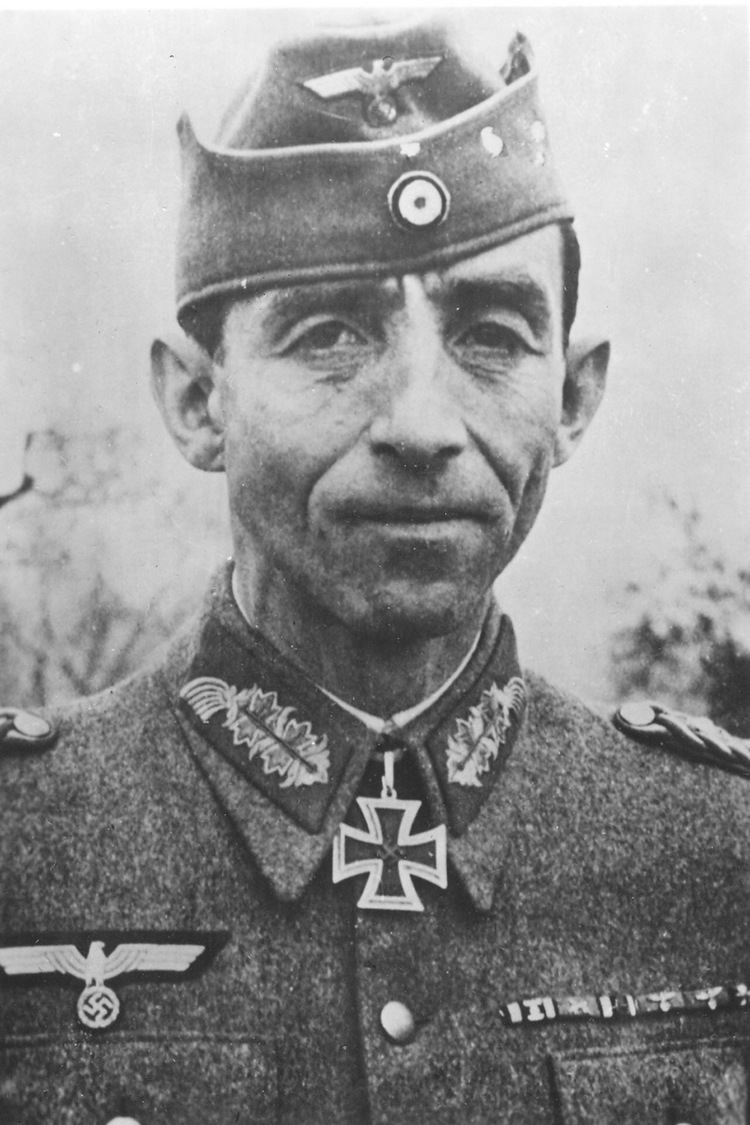 | ||
Born 4 September 1891Waldshut ( 1891-09-04 ) Commands held 17. Panzer-DivisionXIV. Panzerkorps Battles/wars World War IWorld War II Died January 9, 1963, Freiburg im Breisgau, Germany Awards Knight's Cross of the Iron Cross Books Neither Fear Nor Hope: The Wartime Memoirs of the German Defender of Cassino Similar People Albert Kesselring, Heinrich von Vietinghoff, Harold Alexander - 1st Earl A, Alfredo Guzzoni, Mark W Clark | ||
Fridolin von Senger und Etterlin (4 September 1891 – 9 January 1963) was a general in the Wehrmacht of Nazi Germany during World War II.
Contents
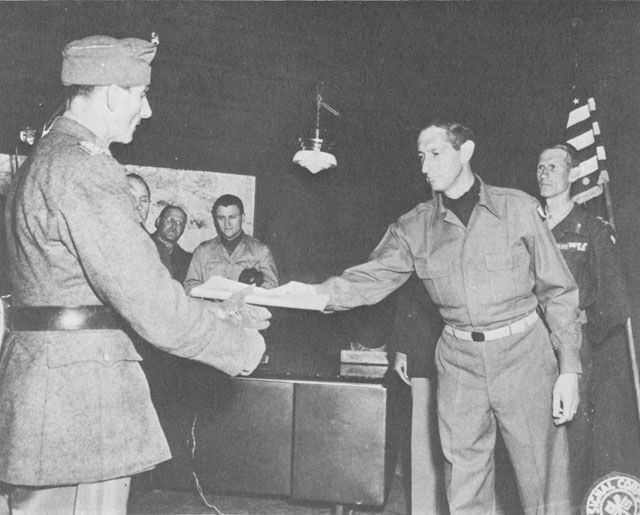
Biography
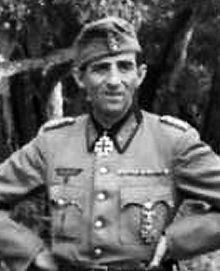
Fridolin Rudolph von Senger und Etterlin was born on September 4, 1891, in Waldshut near the Swiss border. In 1912, he became a Rhodes scholar at Oxford and acquired fluency in French and English. World War I interrupted his education in August 1914, and he was commissioned a lieutenant in the reserves. After four years of dedicated service, Senger remained in the postwar Reichswehr as a cavalry officer. He thus became one of few reserve officers selected to serve with the regulars. As a professional soldier, Senger remained aloof from politics and studiously avoided the rising tide of Nazism. Senger subsequently studied for two years at the Cavalry School in Hannover, spent four years with the cavalry inspectorate in Berlin, and by 1938 he had risen to Colonel of the Third Cavalry.
World War II
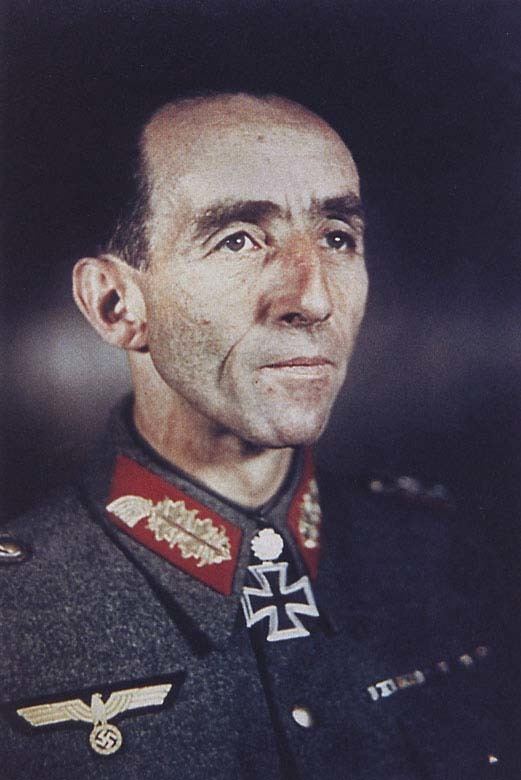
Senger und Etterlin took part in the Battle of France in 1940. In October 1942 he was given command of the 17th Panzer Division in Southern Russia. In June 1943, during the Battle of Sicily he was German Liaison Officer to the Italian 6th Army (General Alfredo Guzzoni), and commanded the German units on the island until 17 July 1943 when General Hans-Valentin Hube assumed control of all Axis troops on the island. In August 1943, Senger took command of the German forces on the islands of Sardinia and Corsica. He conducted the evacuation when the German positions became untenable. On 8 October 1943 he received the command of the XIV Panzer Corps in Italy.
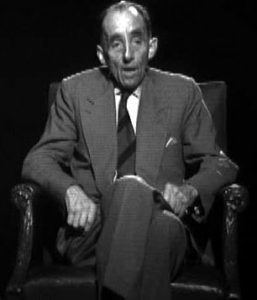
During the Battle of Monte Cassino, Senger und Etterlin fought at the Gustav Line, which included Monte Cassino. The German position was only broken by the Allies in May 1944.
Post war
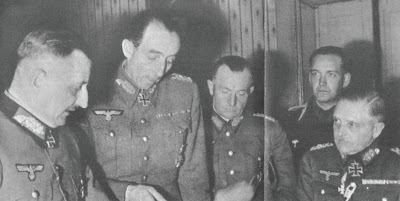
After the war he wrote his memoirs, entitled Neither Fear nor Hope (which were translated into English), and he continued to write on military matters and theory. He was invited to the Konigswinter conferences by Lilo Milchsack. These annual conferences helped to heal the bad memories after the end of the Second World War. At the conference he worked with the politician Hans von Herwath, future German President Richard von Weizsäcker and other leading German decision makers as well as British politicians like Dennis Healey, Richard Crossman and the journalist Robin Day.
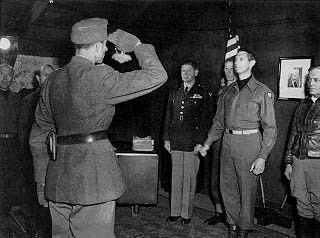
In 1950, Senger und Etterlin was one of the authors of the Himmerod memorandum which addressed the issue of rearmament (Wiederbewaffnung) of the Federal Republic of Germany after World War II. He took part in a BBC Radio discussion on the Battle of Monte Cassino. He was interviewed on the BBC TV programme Face to Face in 1960.
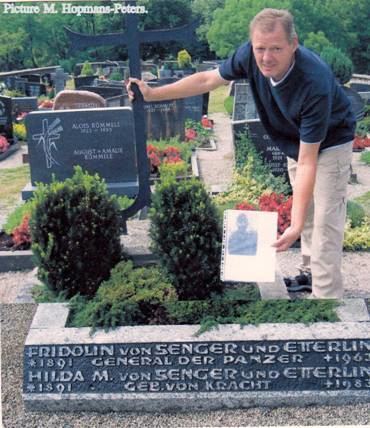
Senger und Etterlin was introduced by B. H. Liddell Hart to the distinguished military historian Michael Howard. Howard, who had fought in Italy during the war, recalls him saying, "May I give you a word of advice? Next time you invade Italy, do not start at the bottom." He was the father of Bundeswehr General and military author Ferdinand Maria von Senger und Etterlin (1923–1987).
